Catheter Insertion and Care
Perioperative and Intraoperative Management
Preoperative Management
Review the recommended actions and processes for your facility and patient prior to the catheter insertion procedure.
Perioperative and Intraoperative Management
Explore more on the percutaneous PD catheter insertion technique.
Postoperative Management
Recap on the post-procedure activities associated with preparing your patient for discharge after PD catheter insertion.
Perioperative and Intraoperative Management
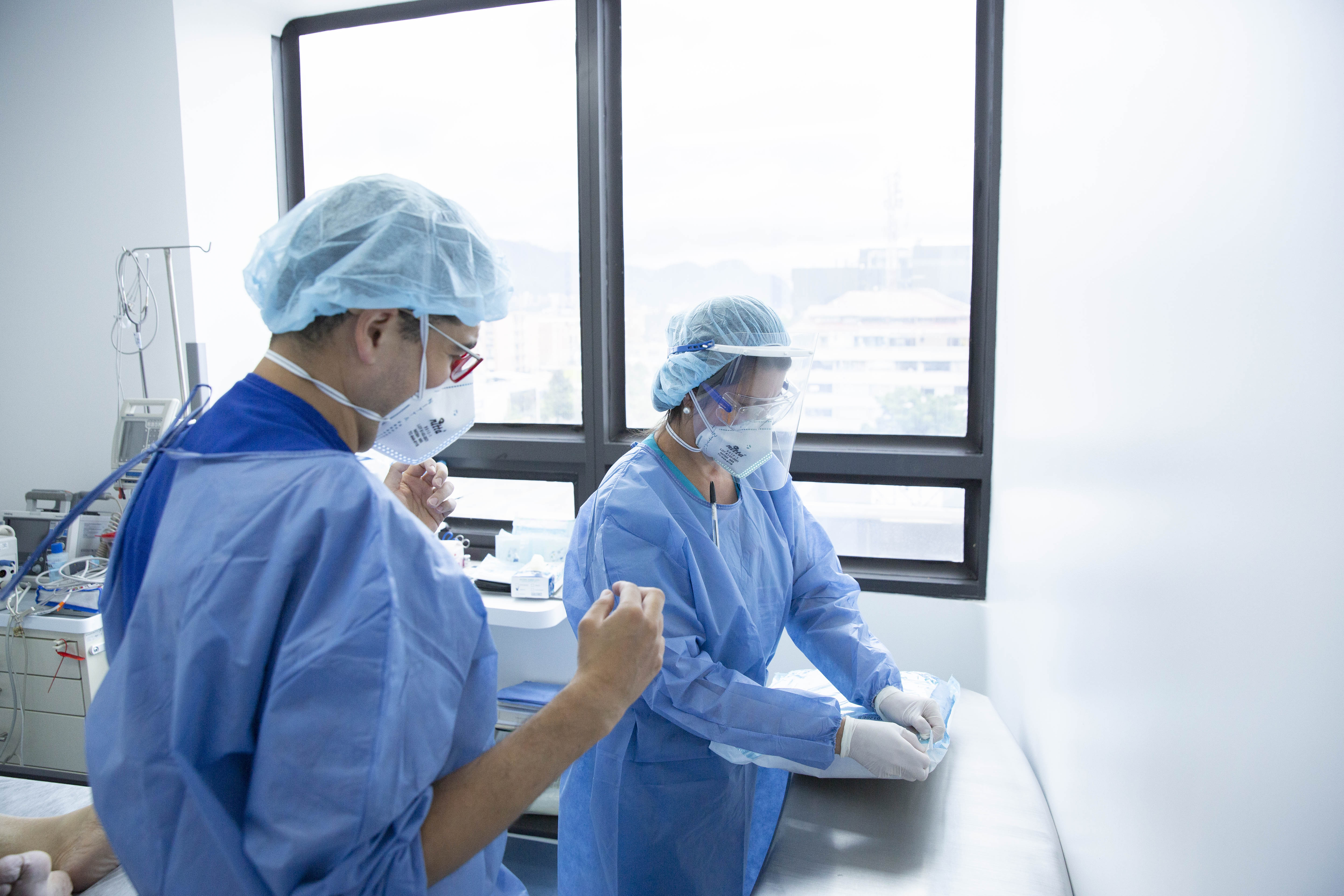
- Successful peritoneal access is crucial and should be performed by an operator (surgeon, specialist nurse, or physician) with training and expertise in creating peritoneal access.1
- The choice of PD Catheter implantation approach should be based upon patient factors, facility resources and operator expertise.2
PD: Peritoneal Dialysis
Key Assessments

Verify completion of preoperative activities
- Patient had fasted as per hospital protocol.
- Shower on day of surgery with chlorhexidine soap.3
- Emptied bladder or use of Foley catheter.4,5
- Completion of bowel preparation.4,5
- Appropriate exit-site marking.3
Best Practices in Patient Preparation and Peritoneal Catheter Implantation
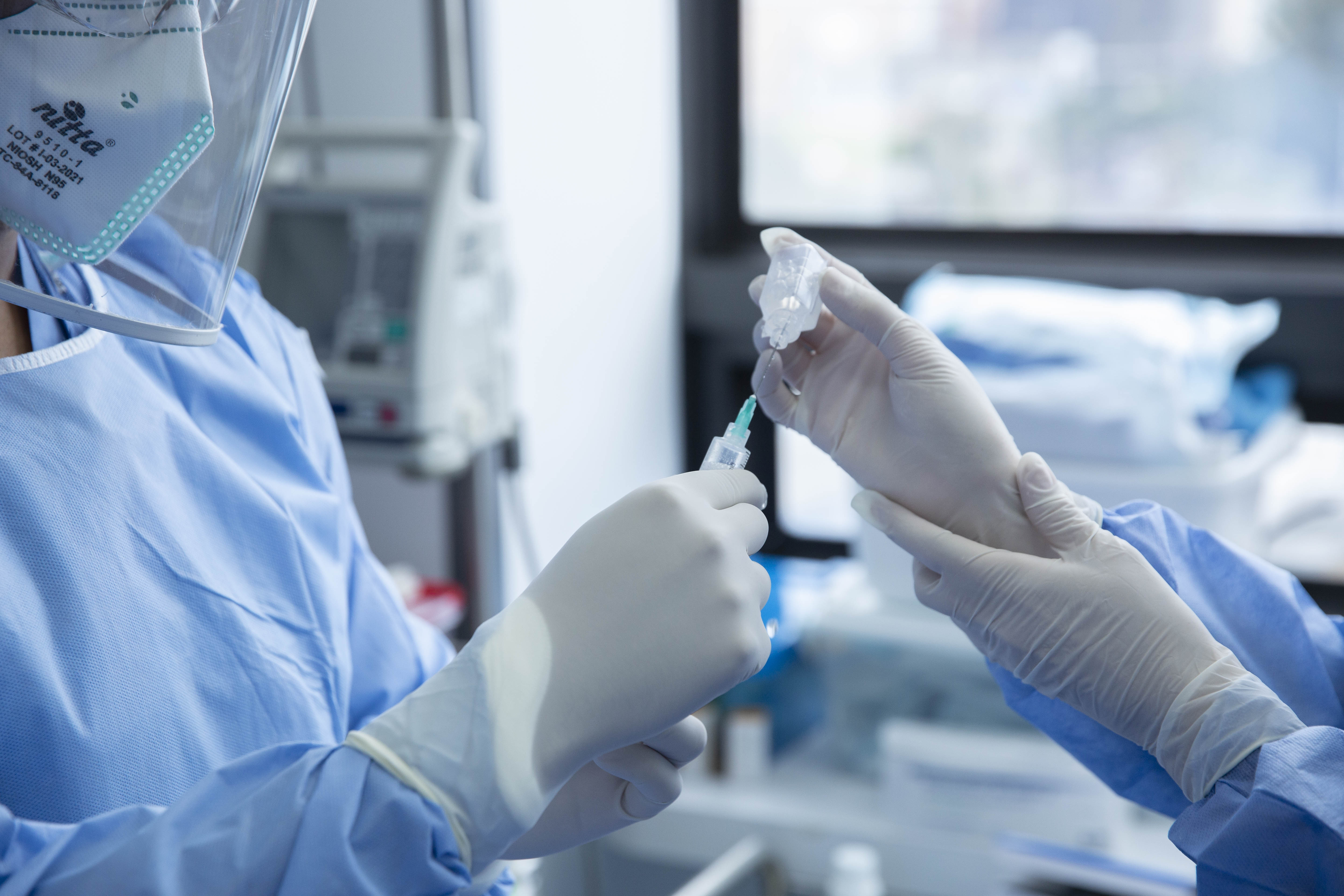
A. Prepare Patient
- Administer a single preoperative prophylactic antibiotic to provide anti-staphylococcal coverage.2,6,7
- If hair removal is necessary, electric clippers should be used.4
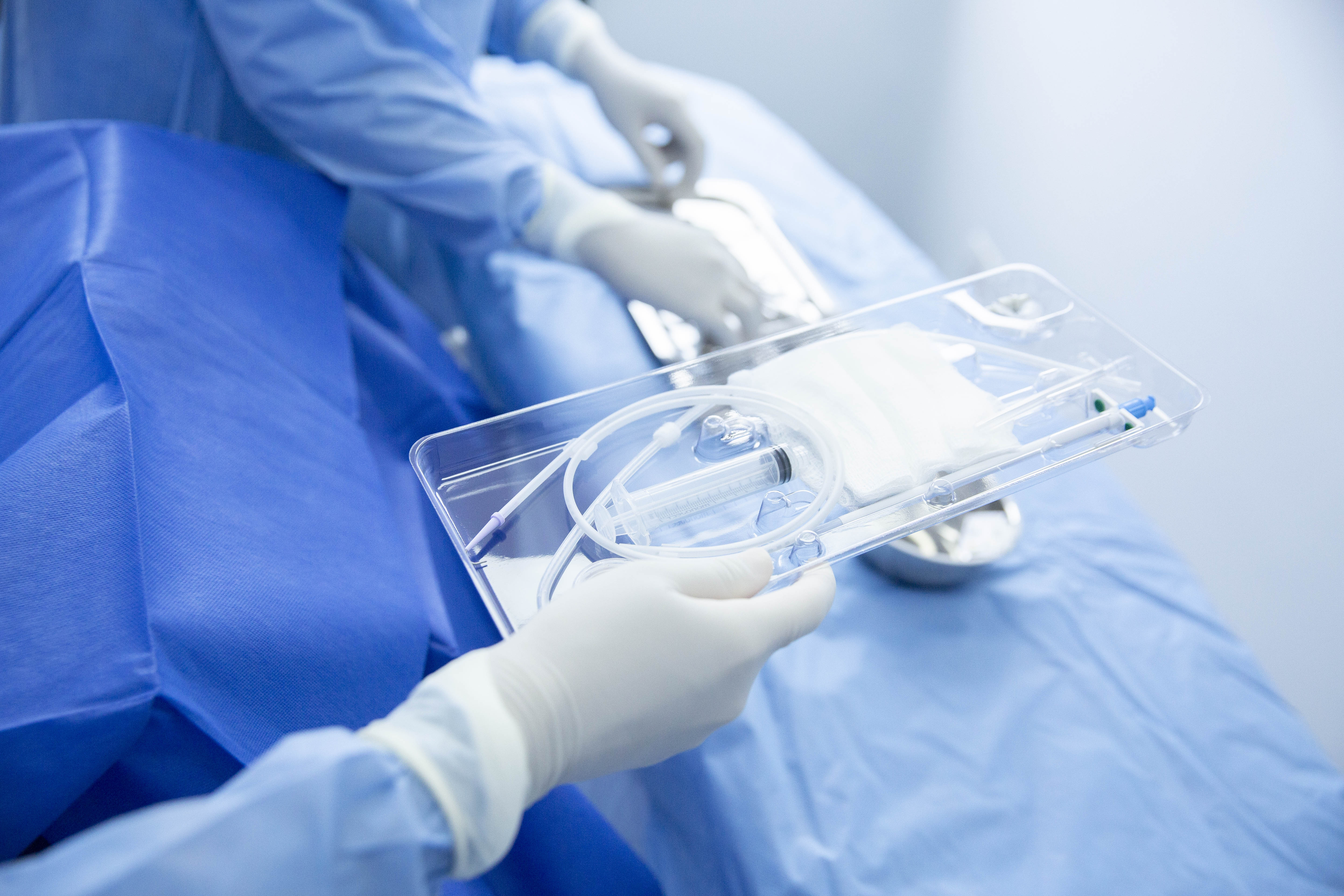
B. Prepare Catheter
- Eliminate air from catheter cuffs prior to implantation by soaking and gently squeezing cuffs in saline solution.3
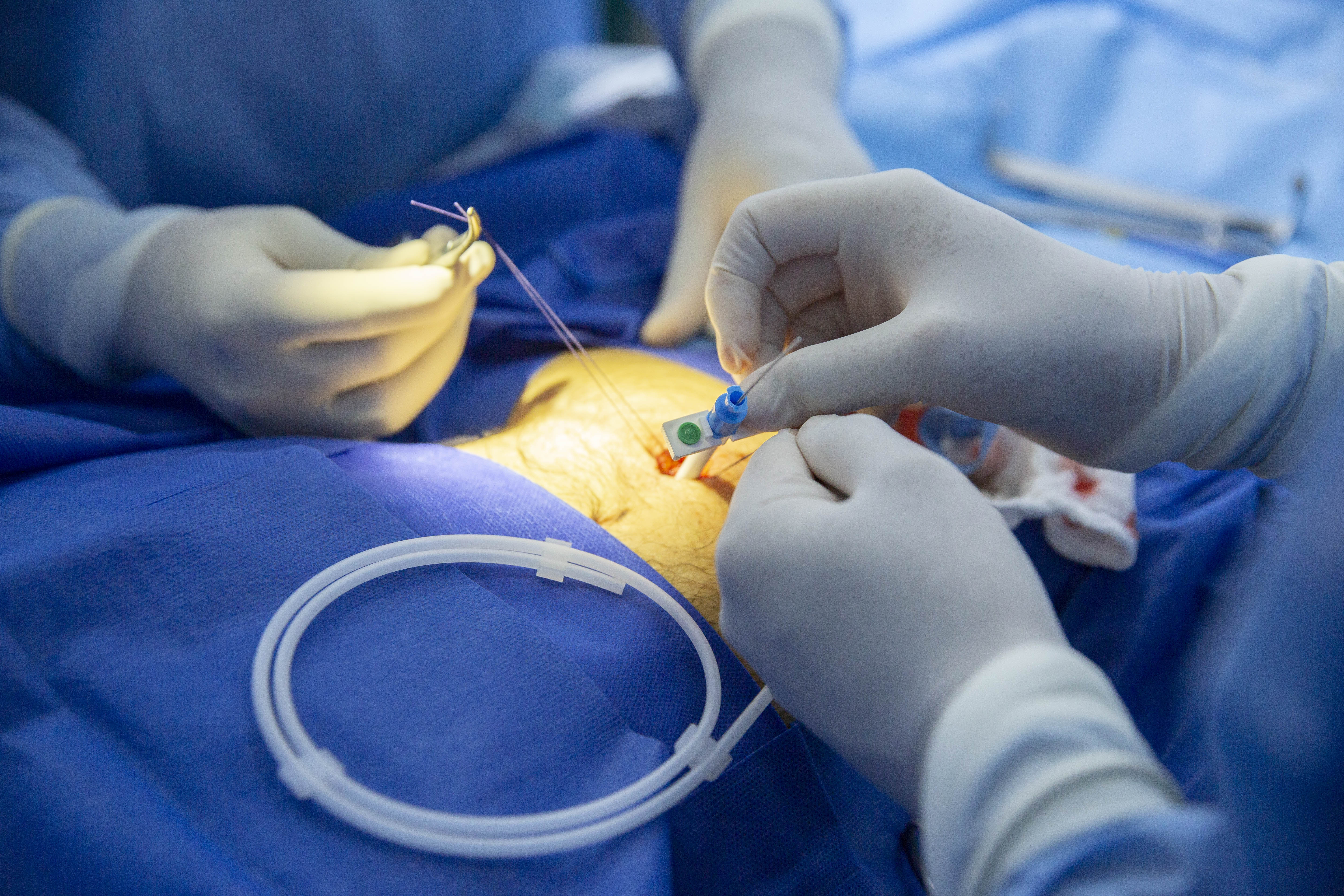
C. Catheter Insertion
- Methods of catheter insertion includes laparoscopic, laparoscopic-assisted, open dissection, and percutaneous needle-guidewire with or without image guidance.2
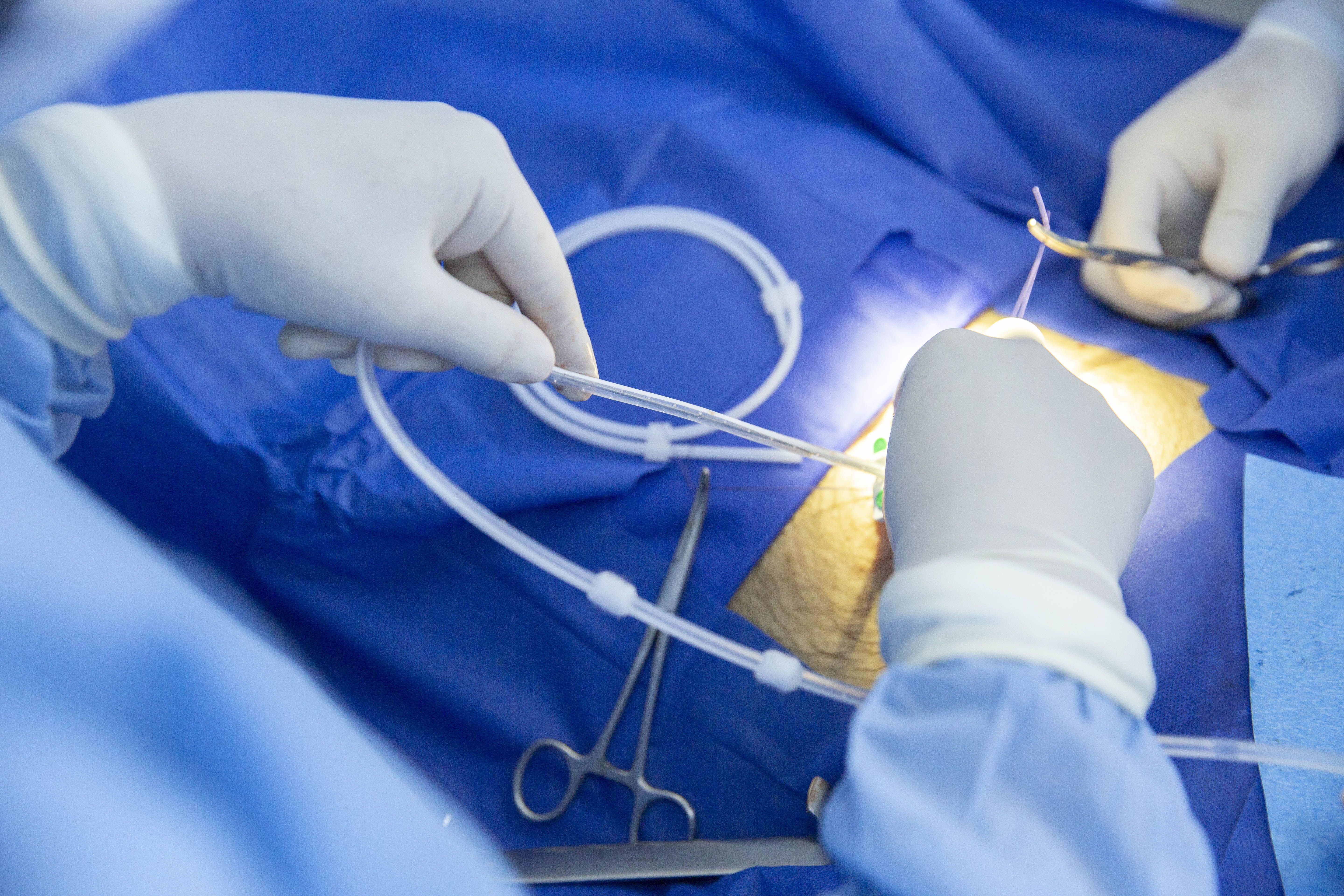
- The catheter is inserted via the paramedian approach through the rectus muscle with a deep catheter cuff within or below it.3
- Catheter tip should be placed in the pelvic location.3
- At the peritoneum and anterior/posterior rectus sheath level, purse-string suture(s) should be placed around the catheter.2
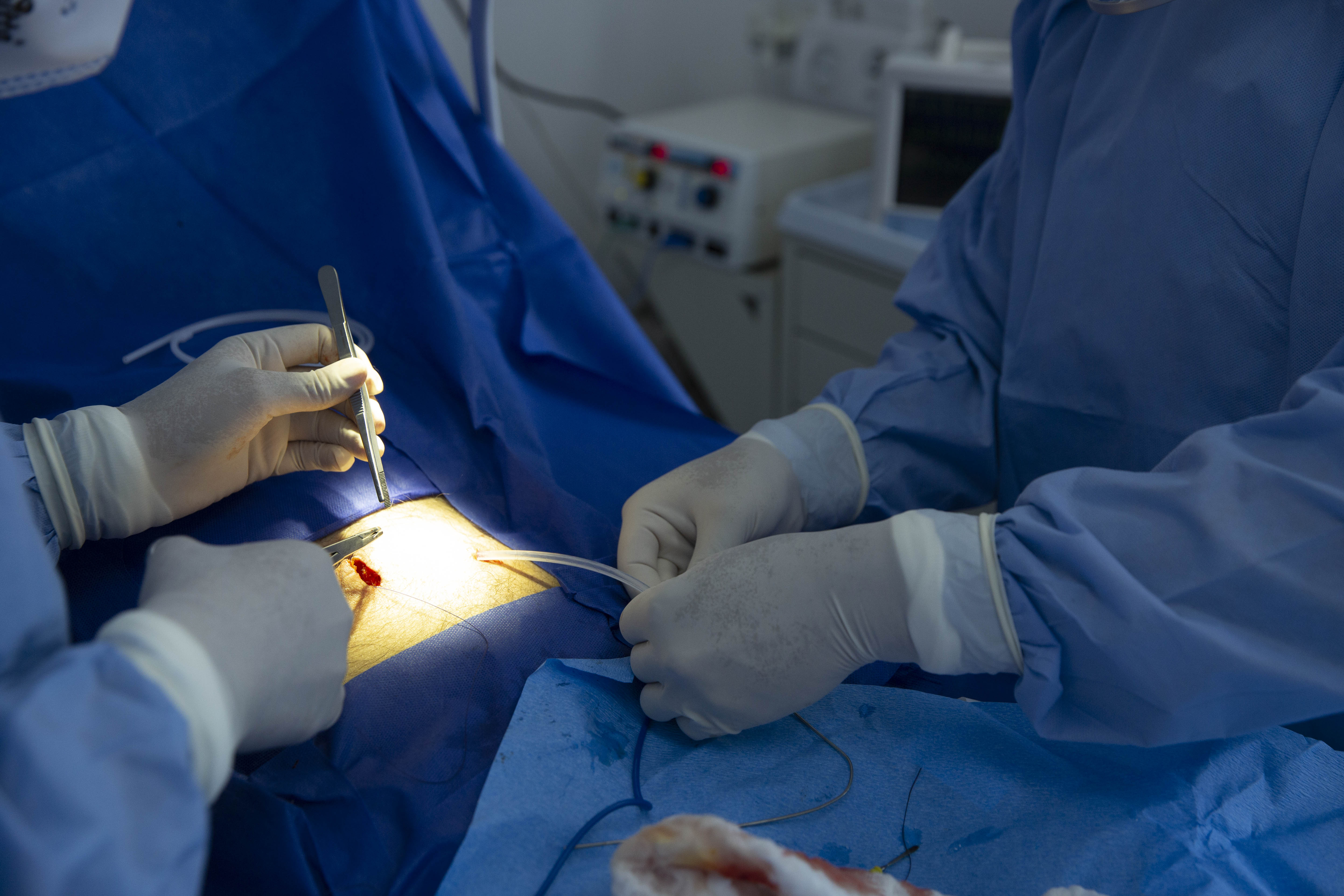
- Exit site must be located ≥2 cm beyond superficial cuff directed lateral or downward.2
- Smallest exit site hole should be made on the skin to pass the catheter.2
- No anchoring suture at exit site.2
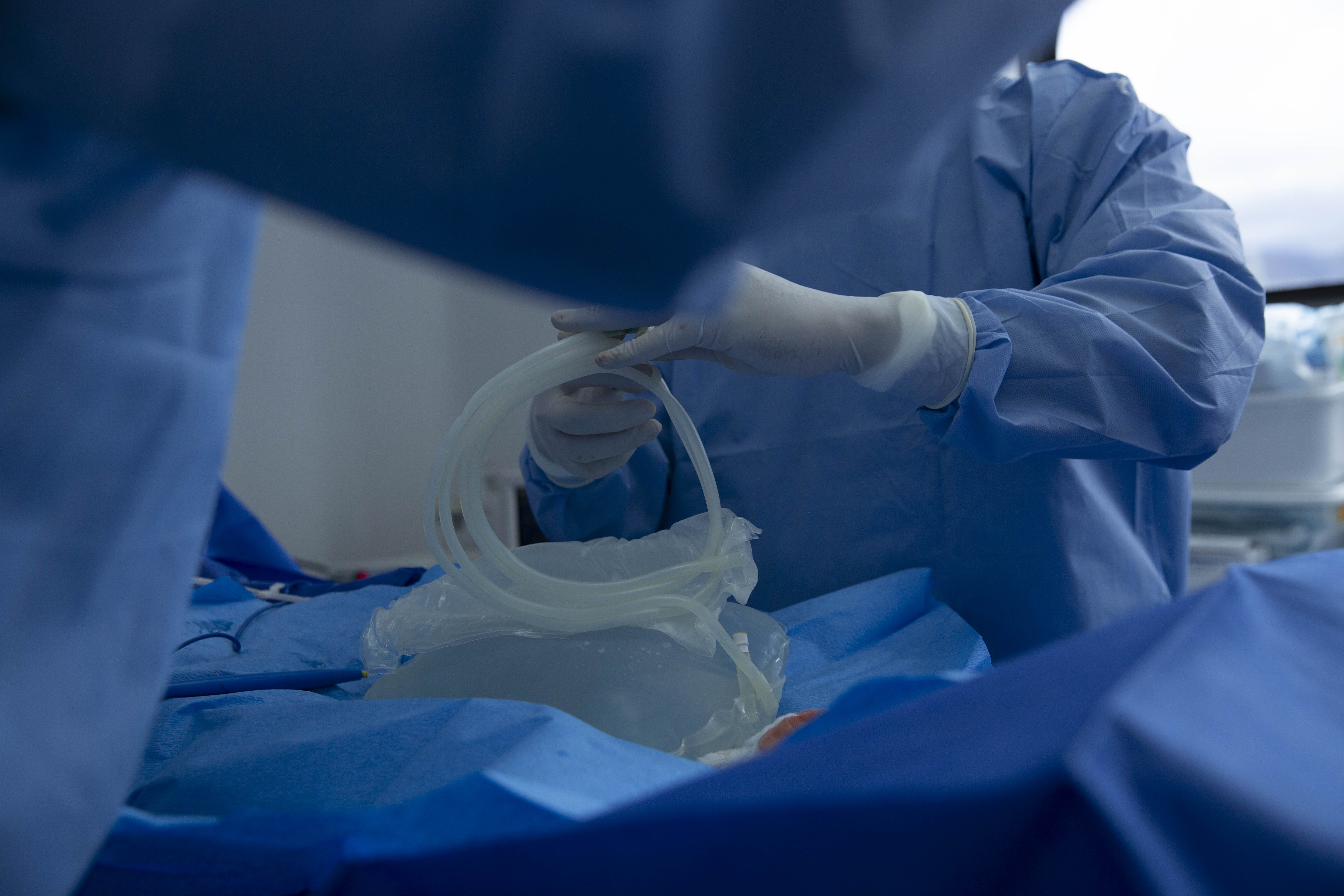
D. Verify catheter function
- Catheter patency and flow must be tested before tunneling of the catheter and prior to final closure during the surgical procedure.2
- Catheter position should be revised until satisfactory flow function is achieved before the procedure ends.2
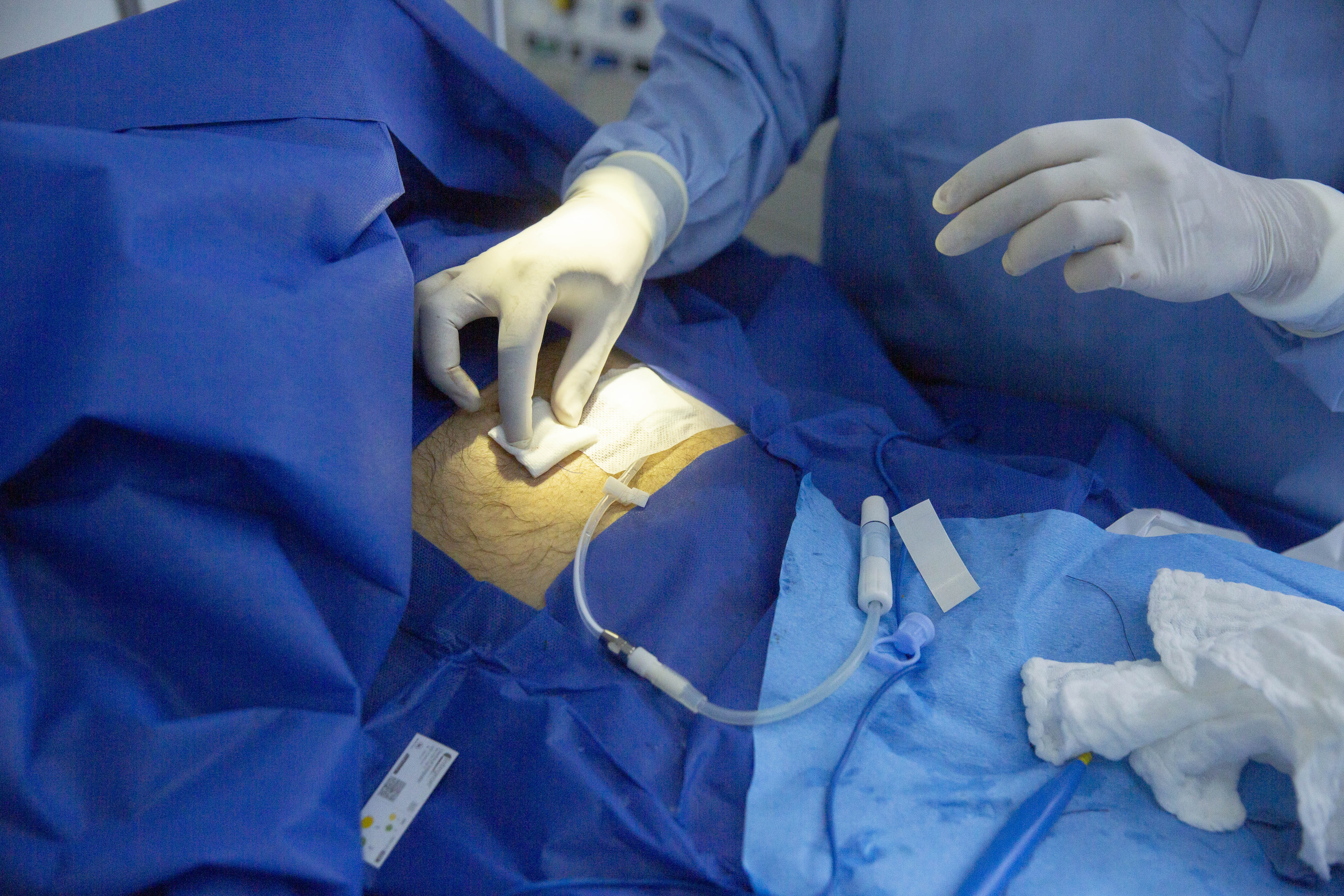
E. Final catheter preparation
- Attach dialysis unit’s requested catheter adapter and transfer set at the time of procedure.2
- Exit site protected and catheter immobilized by non-occlusive dressing.8
Patient education

- Review postoperative instructions prior to patient discharge
- Provide written instructions regarding follow-up care
- Review postoperative medications and postoperative pain management
- Schedule the follow-up of the patient weekly